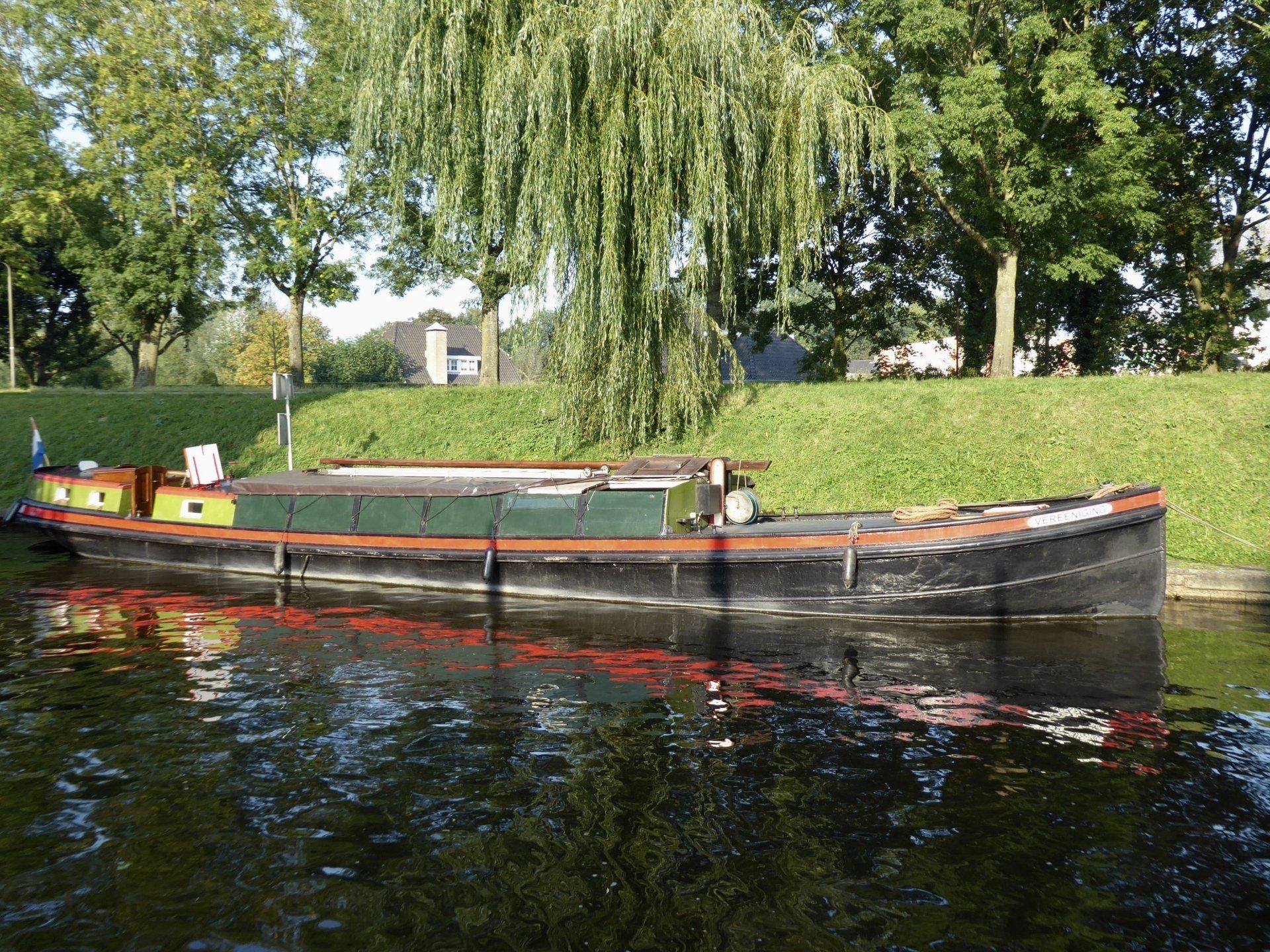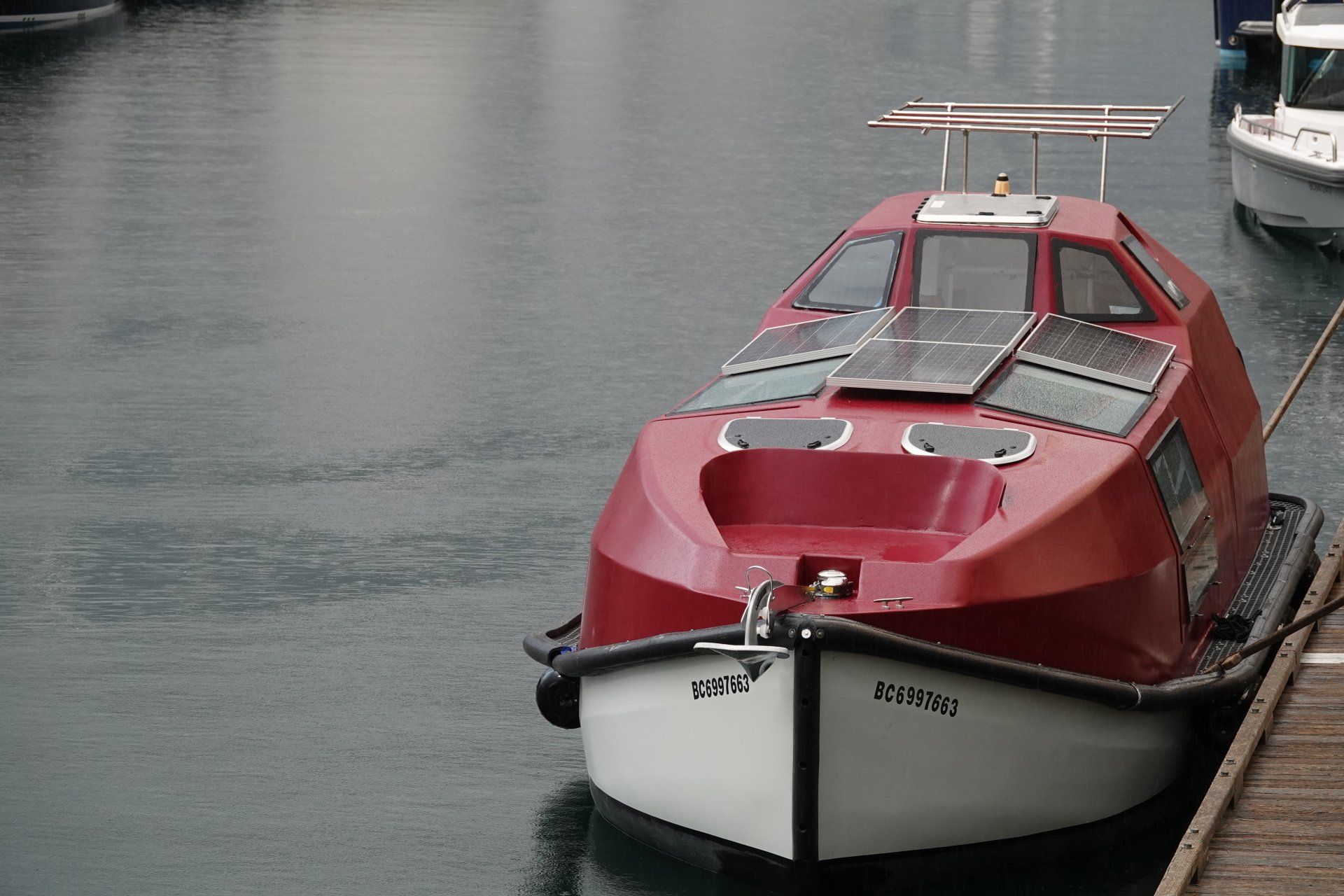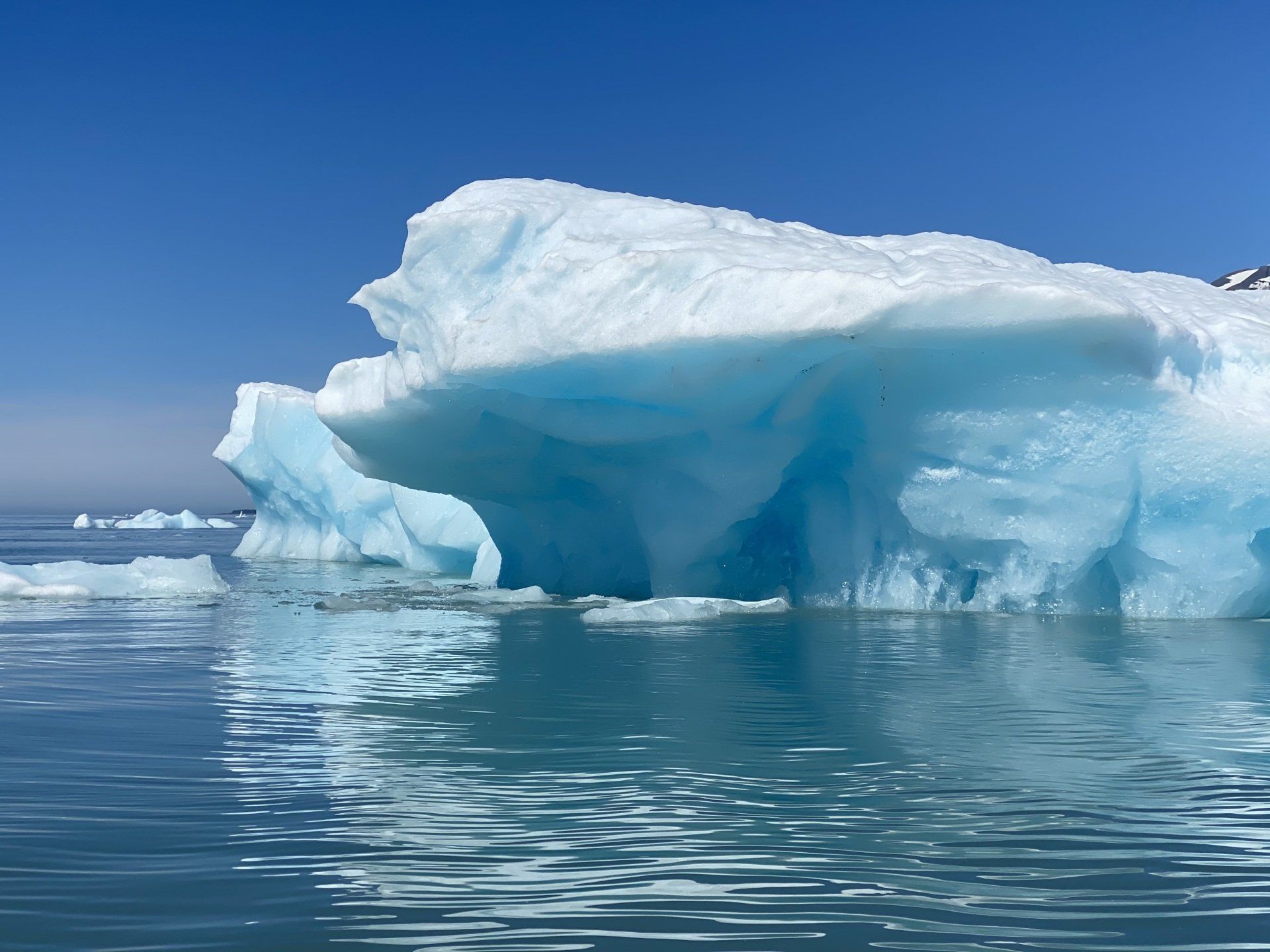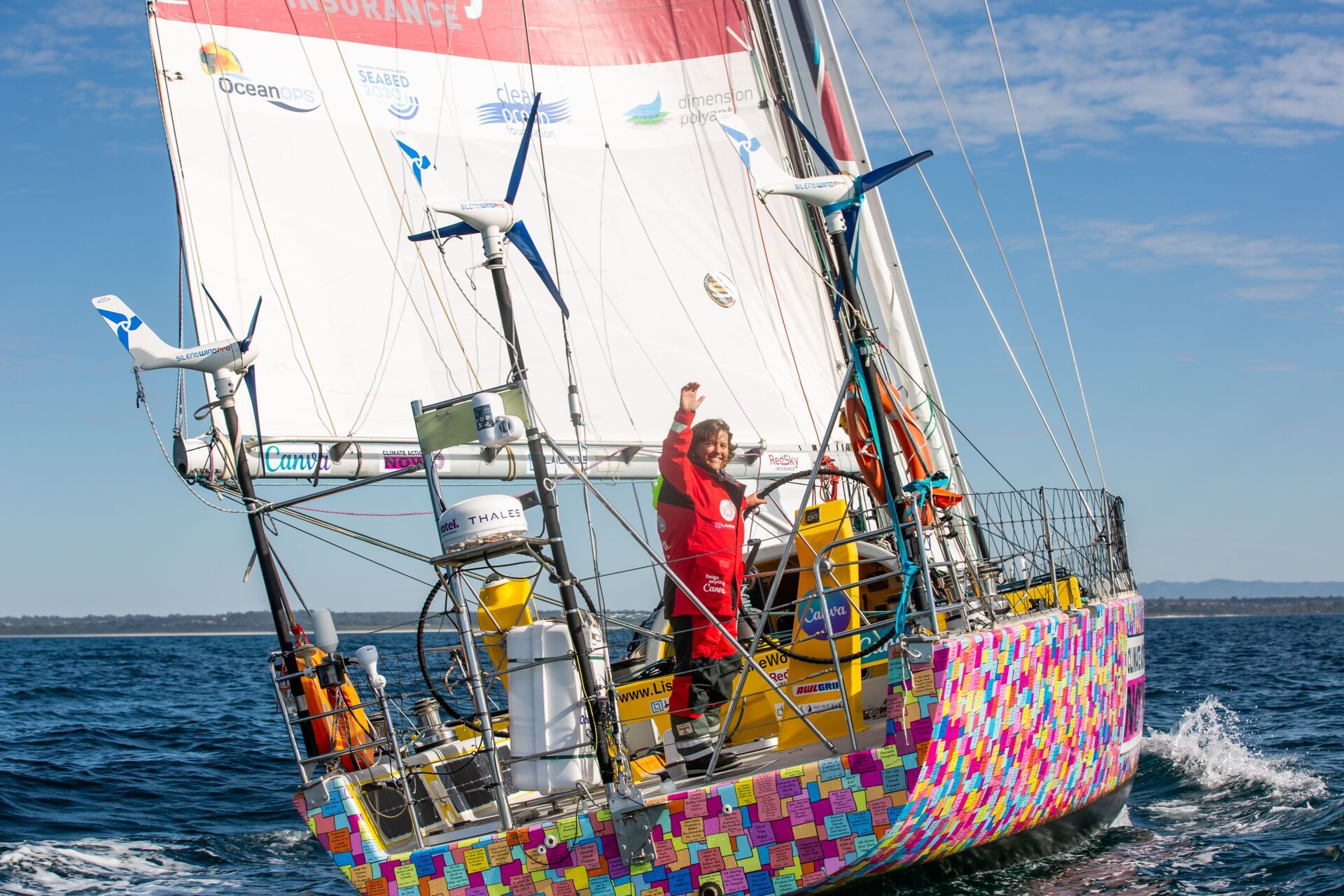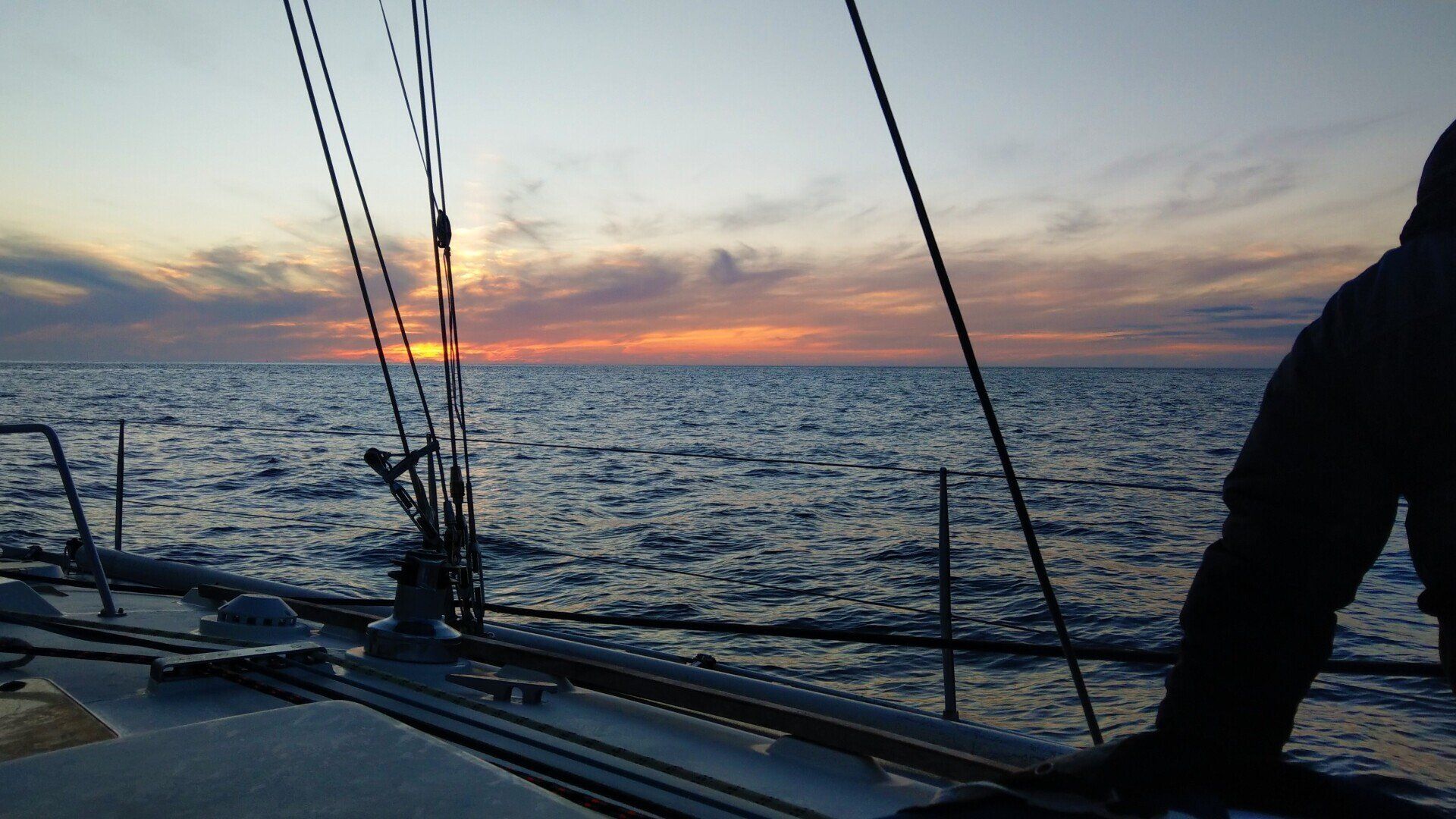Ahoy! Contact Us
Blog Layout
It's never too late
Feb 21, 2021
Its Never Too Late
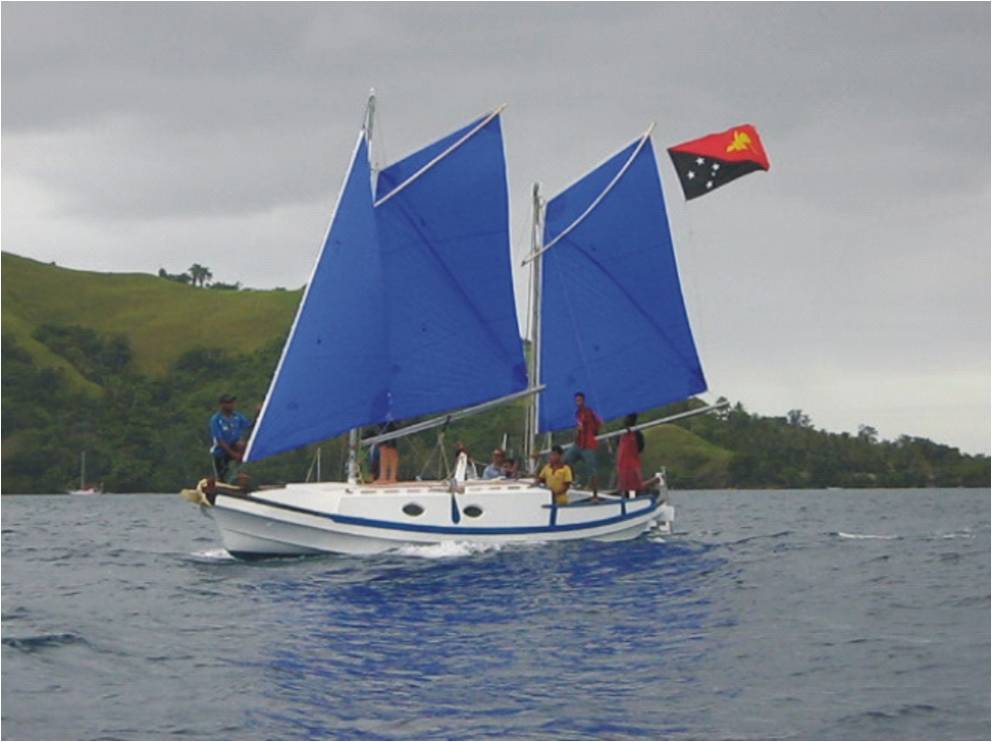
By Gina de Vere (Reprinted from SisterShip Magazine July 2020)
Christian and I decided to take the road ‘less travelled’ fifteen years ago to explore the world on our sailboat Stardancer. Since living and sailing full time on our sailboat we have experienced many fulfilling and memorable moments. We are eternally glad we made the effort and left our comfort zones to experience this way of life.
Along with two other couples, Cathy and Eric Gray on SV Erica
and Rick and Alex Mateer on SV Roxanne, Christian and I had sailed to Gigila Island, PNG, on a boat building project to teach the islanders how to use fibreglass.*
We had sailed from Townsville and made an uneventful crossing in a few days of light winds toward the 150 nautical mile long Louisiade Archipelago, PNG. There are no cars, no roads, no wheels, and no electricity on most of these islands. Boats are the only transport. The year previously, when we had sailed there, we had met Councillor and Chief, John, in Valeha village. He agreed for us to teach his men fibre glassing while building a sailing yacht they named Toloyot, made from two disused and holed ‘banana’ boats. (But this is another story!)
What did we women do when we were shooed away from the boat-building site by the chief while our husbands were busy in the village for eight weeks? We had fun.
We three women, Alex an ex-schoolteacher, Cathy a nurse, and myself would jump naked over the sides of our boats to meet in lovely clear water to have ‘meetings’ about what we each would do that day, and who would take the men their lunch. From time to time we had other boats joining us for parts of the project and it was then we met Christine, Sue, Jenny, Elisabeth, Rachel, and Mandy. We had the run of the island. Most days I would go with Alex along the beach to the bamboo hut called school. Children poured from the wooden huts, grabbing our hands, and pulling us along, all the time singing merrily. The school** had a sandy floor and gaping holes through which dogs and pigs entered at will and defecated. So, every day started with cleaning the floor.
Because of the language difficulties maths was the easiest subject to teach. Alex had brought dried beans with her and basic maths was taught using these. We had also brought with us large posters of multiplication tables and the alphabet. There was nowhere to put them on the bamboo walls, so they were hung on strings across the room together with the children’s artwork. Olive, the schoolteacher, had not been paid for several months. It was too easy for the authorities on mainland PNG to overlook tiny schools hundreds of miles away, but the children still came to school or visited Olive’s house each day.
In the two months we were there we made many good friends. One sweet woman called Christine suffered badly from malaria but was still helping her husband the ‘baggi maker’. These shell ‘baggi’ necklaces are all made, cut, and polished by hand and have great value. If you wore several baggi it meant you were esteemed and wealthy. Although desperately poor in our eyes, Christine would insist on us giving us a cup of tea, water with some perfumed leaves.
With Alex, we set up a foundation to create a trading shop, a pig farm, send a young woman named Basilea to the mainland to college, and send Terecita to get First Aid training. Terecita was a bright young woman in the village, outgoing and full of fun, with three children (by different fathers) whom her mother Elisabeth brought up. Elisabeth was married to my special friend, the Magistrate cum Medicine Man. Many an afternoon was spent on our boat with the Magistrate for the ward who would consume several cups of very sweet tea and copious amounts of biscuits. He had found out I had been a business consultant and we would discuss all manner of subjects, but mostly he wanted my opinion of his suggested punishments for local crimes including stealing and adultery!
One day we invited the village women onto Cathy’s yacht Erica to hand out the second-hand bras, t-shirts, and spectacles we had brought over in big bags from Australian op shops. The bras were fought over, whether they fitted or not. We asked if they wore clothes when we were not there, and they replied they wear grass skirts and go braless in the very hot weather. It was heart-warming to see the delight on the face of the Chief’s mother when she tried on a pair of old spectacles. She could see clearly for the first time in many years.
Some days I would go with Cathy to different parts of the island. She was in great demand, especially among the mothers. Cathy is also a midwife and because of this we got invited into many of the huts. The huts were well elevated on strong wooden piles with four or five steps up to the door. The main room was dark and cool with floors made of smooth polished hardwood covered with woven mats to sit on.
Sadly, PNG has one of the highest rates of AIDs per capita and Chief John asked Cathy to speak to women from all the villages on Gigila about it. We had misunderstood and thought Cathy should talk about hygiene, handwashing etc. About 30 women arrived to sit under the shade of the big, thatched roof of the meeting house in the village. Finally, we understood what they really wanted to know. Cathy had a hard time explaining to them that there was no easy cure but that they should wear condoms. We saw the trading boats come into the bay occasionally and stay for a night or two. The young girls would rush to these boat boys and exchange sexual favours for cigarettes, which brought a few cases to the islands that had otherwise been free of AIDS. The local bakery on the main island of Misima was giving away free condoms. They went like hot cakes! Only later to find that they had been blown up, drawn on and made into fishing lures!
One day Cathy and I walked around the perimeter of the island with the Magistrate to identify the ‘bush medicine’ plants on Gigila. We took the photos and wrote down the name and what the leaf or root or berry was used for. There was one bush with hardly any leaves on it. It seems this bush was used for birth control, to stop menstruation, but only a few women knew about it. This was because knowledge is power and not to be shared but perhaps traded for. The point of this excursion was so that we could create a book of herbal medicines with pictures and a description of what they are used for, translated into the local language so the information would not be lost and instead, shared by all the islanders. We left this book of laminated pages with the Chief, but I often wonder if it has not been tucked away somewhere. We found that items we gave to the community often ended up in one person’s hut so the ‘mana’ was theirs. We gave away several pairs of hooped earrings to find women wore only one; they had traded the other one.
We also left the village of Valeha with a photographed step by step guide on how to use fibreglass, all translated into their language, so they can repair not only their boats they had holed on the coral but their water tanks as well. If you happen to go that way, please take paint and fibreglass materials! And take Toloyot
out for a sail. She sails very well. Launch day was a day all the neighbouring villages will remember. The days before were spent hurriedly finishing the accommodation and painting of the boat plus hours of cooking by islanders and by us dimdims as white people are called.
The boat was heaved into the water on coconut tree rollers by all the men for the big splash! The local preacher was invited to say the prayers of protection and safety for all who sail in her and many lovely songs were sung. We were welcomed and entertained by the dancers from the neighbouring island, which was a rare privilege as they are renowned throughout the archipelago. This was no tourist show, but authentic tribal dancing and very impressive.
Later that night we all crammed into the Chief’s hut to share a final meal and sing songs. We simply could not compete with their harmonies. Saying farewell to our new friends was very emotional. Speeches were made. Tears were shed on both sides. This bonding and sharing will long be remembered by us all.
I had been worried about missing family and friends when leaving home to go full time sailing and living on our boat, but I need not have been anxious, this cruising life has lead us into many adventures where we have met wonderful people and had experiences I could never have dreamed of.
If you haven’t left on your voyages yet I urge you to go soon and enjoy the adventures of a lifetime.
*For information on the boat building project for Toloyot, see the article on my website https://www.bluewaterwomen.com under blog: ‘Paradise with a Purpose’
**Thanks to the Lions of Australia and Chris and Paul Taylor in particular, the children of Gigila now have a new school. See ‘The Gigila School Project’ on YouTube.
***The biographies of Cathy Gray, Alexandra Mateer and Jenny Gordon-Jones are on my website: https://www.bluewaterwomen.com/contributors-1
PHOTOS
1: Cathy dispensing medications.
2: Toloyot under sail.
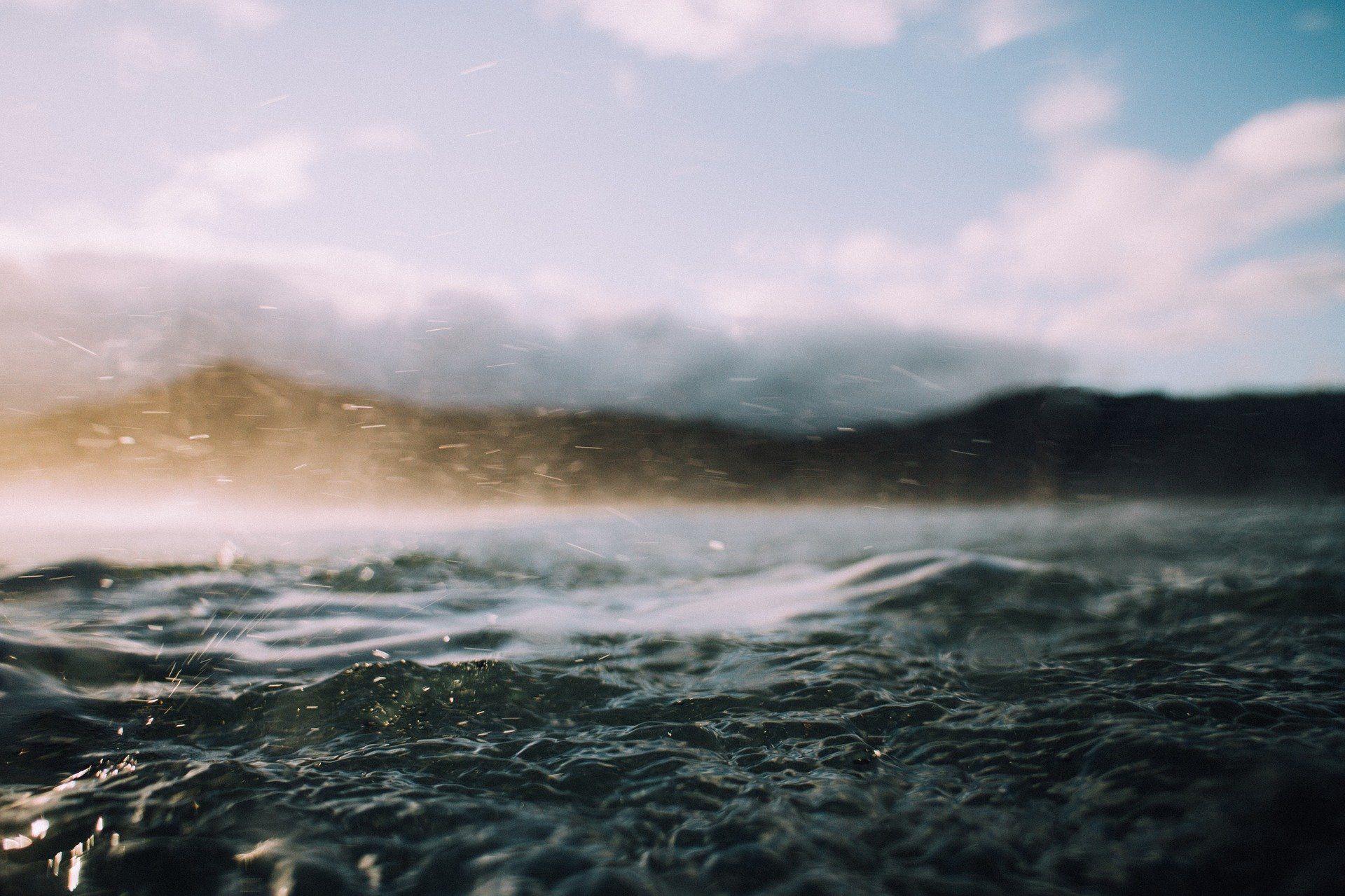
By Shelley Wright
•
22 Sep, 2022
I’m captivated by stories of women crossing oceans, especially those who undertook voyages decades before all the wonderful technology we have at our fingertips today. How many of us would head off without that technology I wonder? Even with all our modern gadgets, crossing an ocean solo is a daunting thought. The following are some of the books on my shelf written by trail blazing, solo sailing women from the 1970s and onwards...
Contact
editor@sistershipmagazine.com
Sign up for regular news from the Editor's desk, event notifications and lots more.
Thank you for subscribing to the Sistership News
Oops, there was an error sending your message.
Please try again later
Please try again later
All Rights Reserved | Sistership Magazine
Website proudly created by Saltwater Digital
© 2024


